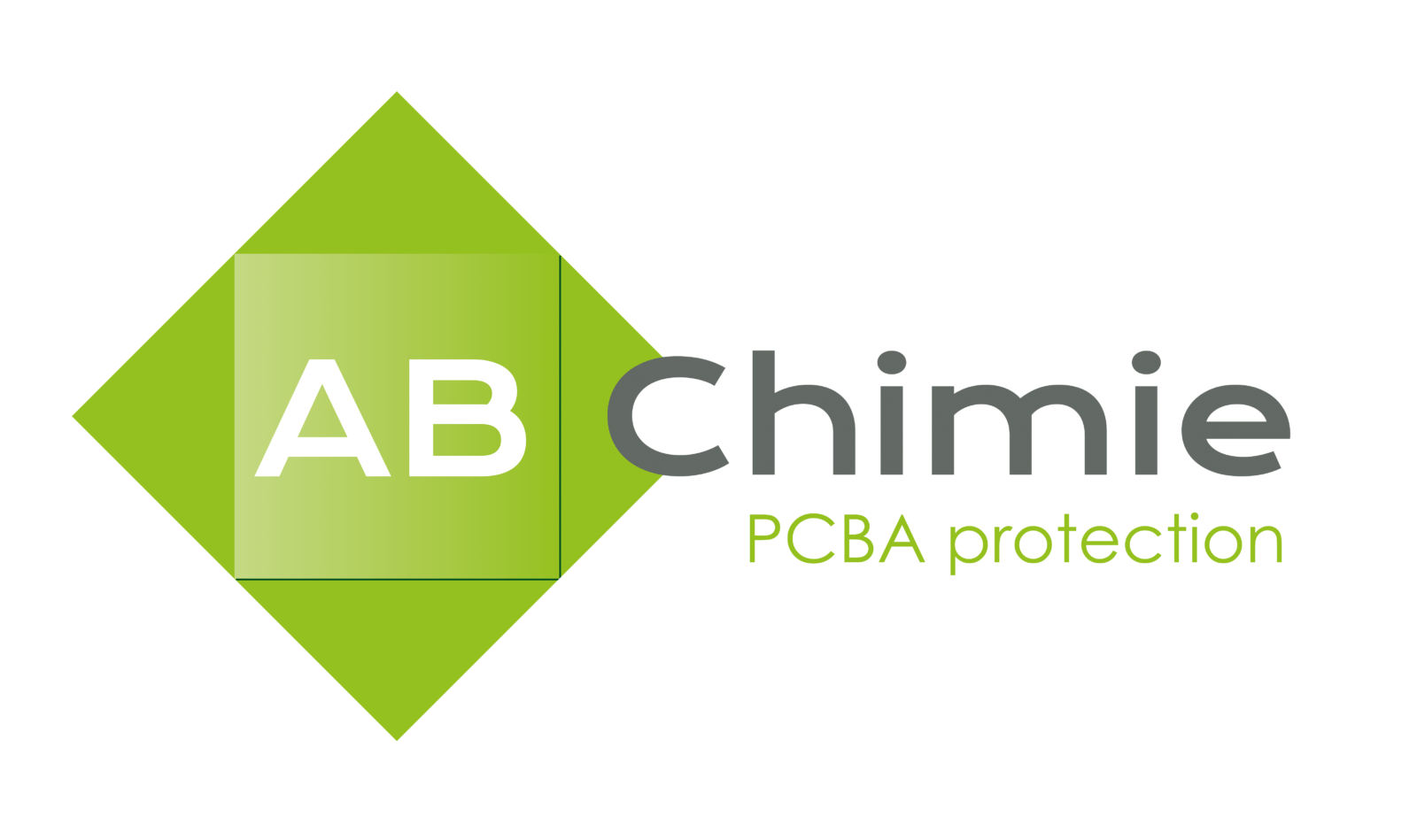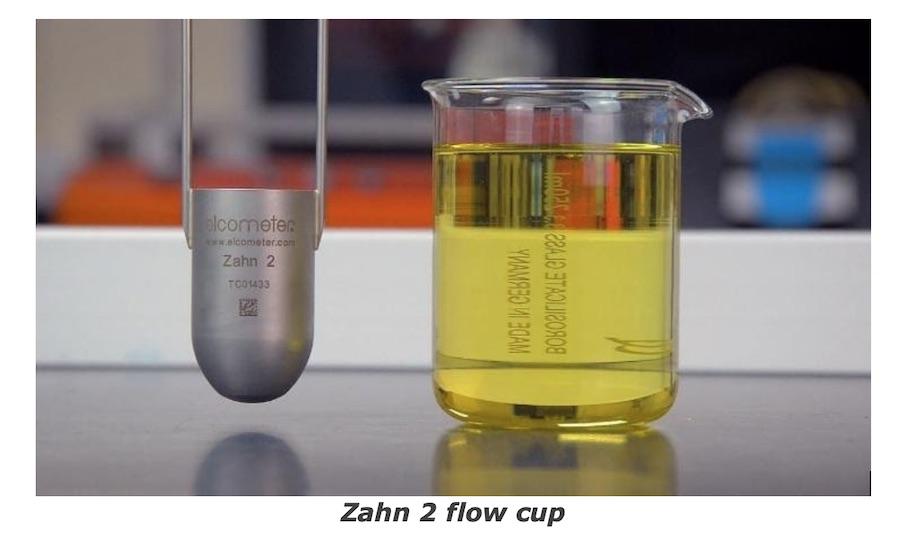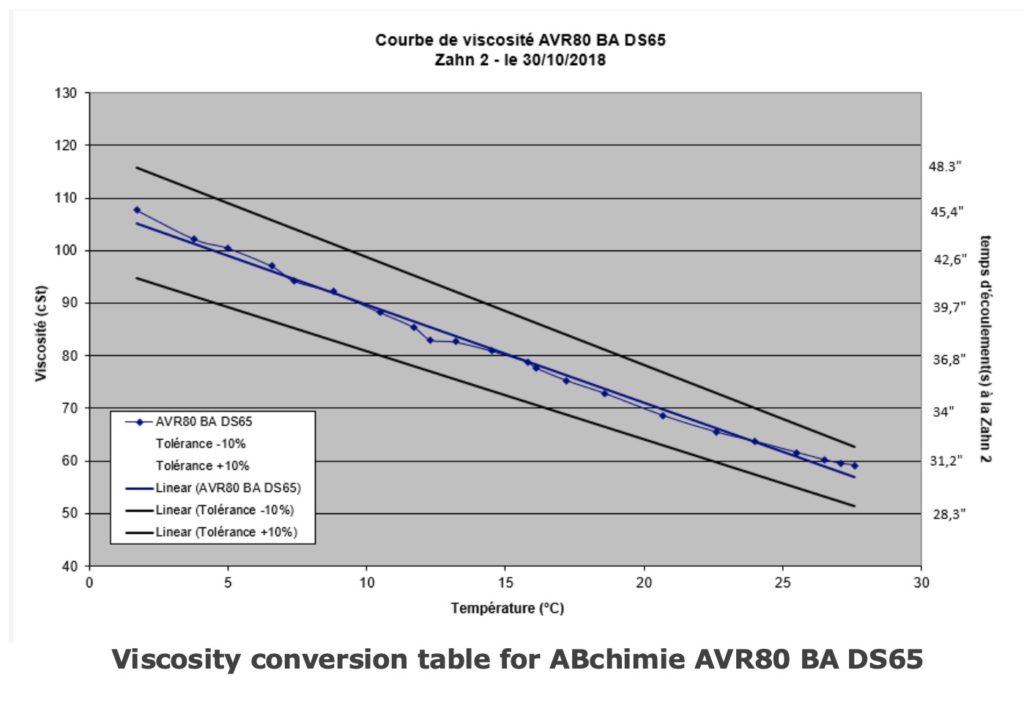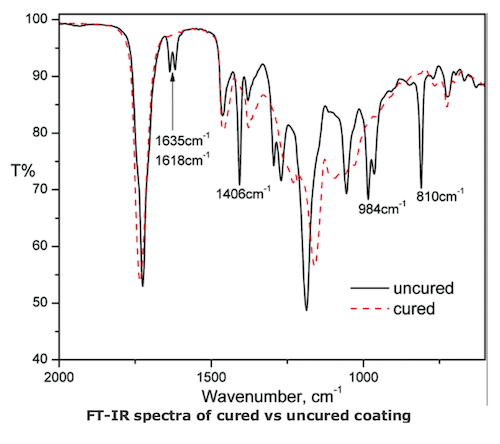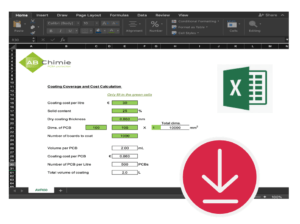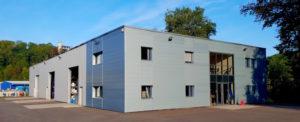Featured
All of our technical data sheets are avalable on our website www.abchimie.com in French and English versions. They are regularly updated. For safety data sheets, you can request them at any time by email contact@abchimie.com .We will respond as soon as possible.
The role of conformal coating is to protect a PCB which is subjected to a harsh environment and to increase its long-term reliability and lifespan.
Conformal coatings have the following general properties:
- Electrical properties: insulating
- Physical properties: adhesion and hardness
- Mechanical properties: abrasion resistance, vibration, tin whiskers reduction
- Chemical properties: resistance against certain aggressive chemicals in liquid or gas form (solvents, acids, alkalis, etc.)
In general, conformal coatings protect from humidity, gases, dust, fine particles in the air. Resins provide mechanical and insulating protection even for immersion in aggressive media (water, chemistry, etc.)
Depending on the environment, one or other of these technologies should be used to protect your pcb against:
- The risk of corrosion
- Short circuits
- First level hacking
- Mechanical shocks
In order to:
- Improve reliability
- Extend the life of the sub-assembly
- Increase the electrical insulation of the PCB.
You can apply a conformal coating with 4 different methods:
- Brush
- Spray (aerosol or spray gun)
- Dipping
- Automated Selective machine
Brush: This is the simplest method for applying conformal coating. The main advantage is that you do not need any investment to use this method (only a brush). The brush should be particularly suitable for maintenance and repair. However, depending on the skill of the operator, this method can cause: traces, excess thickness, bubbles and external pollution addition due to the brush used. You must also protect the operator from exposure to solvents.
Spray (aerosol or spray gun): Coating with an aerosol or spray gun is a similar process. This method requires a low investment and allows a good homogeneity of the coating. To ensure an appropriate thickness and to be sure that all sides of the components are coated, you must make 4 applications crossed at 90 °. (We speak of cross passes).
The main drawback is the masking / unmasking time to protect all connectors and areas where conformal coating is prohibited.
Soaking: The dipping process is quick and allows a uniform distribution of the coating if the application process is perfectly done. Immersion time 20 cm / minute, withdrawal time 10 cm / minute to take advantage of the lift out phenomenon. PCB must have been specifically designed to suit dipping application.
Automated Selective machine: this is the most popular process. This method requires a significant investment but has the following advantages:
- Speed
- Repeatability
- Controlled thickness
- No masking / unmasking
The selection of a conformal coating is an important and sensitive question for your new applications. It is necessary to choose the appropriate coating according to, the environment of the pcb, your means of production, the quantity of board to produce, material costs.
To be able to select the appropriate conformal coating that meets your needs, here is a list of questions that can guide you:
- Operating temperature ?
- Environment (humidity, abrasion resistance, chemical resistance, etc.)?
- Reparability?
- Qualification (UL, MIL, IPC…)?
- Method of application (brush, spray, dipping, automated selective machine)?
- Tests?
- Process time?
- Cost ?
The answers to these questions are often enough to give directly the appropriate type of conformal coating to use. However, it is not possible to have an easily repairable conformal coating, and at the same time, have a coating that is resistant to solvents.
In this case, you must also prioritize your priorities.
These questions help the ABchimie teams to offer you the conformal coating suitable for your application. If you need help selecting the right coating, please contact us contact@abchimie.com
Today 80% of the conformal coating market is still dominated by solvent based systems. There are several historical, technical and financial reasons for it, such as:
-
The addition of solvents helps viscosity reduction to ease application
-
The presence of solvents aids cleaning the substrate to provide good wetting and adhesion
-
The evaporation of solvent gives a fast process and yields thin films to reduce material costs
Yet, solvents are mostly a good thing for coating applications but bad for the environment and the health and safety of operators. The Solvent Emissions Directive, led by the European Community (EC) is the main policy instrument leading the reduction of industrial emissions of volatile organic compounds (VOC). It is the main key driver encouraging more and more users to switch to solvent free technology and it is the reason why ABchimie is continuously developing more environmentally friendly solutions to protect your PCBAs.
There are numerous implications when switching from a solvent based to a solvent free process and in fact, it is very rare to witness users making the direct switch on their currently existing lines, due to the equipment change required. Instead, we often observe high interest from users in solvent free solutions and, as a consequence, see them automatically included in any new product qualifications for future projects. The trend will change soon, it is only a question of time…
It is important that the design of a PCB follows specific rules if it is to be coated:
- Define coating areas, tolerated areas and prohibited areas.
- Do not place the components to be coated and prohibited components in the same area, a space of 4 mm is recommended.
- Choose filled vias, if this is not possible, never put a via leading to the other side in a prohibited area.
- If the application method is dipping, all the non-waterproof connectors and components should be positioned on the same outside edge of the PCB.
Before coating a PCB, it is important: That the PCB is "dry", remember here that an FR4 regains 100% of its humidity in 72 hours. The humidity contained in the FR4 may alter the adhesion of the coating to the PCB, without hanging any protection. If the PCB is not coated directly after the SMT process, it is recommended to place the circuits in an oven to remove residual moisture.
The PCB must be "clean", any contamination may reduce the adhesion of the conformal coating. If you do not clean the circuits, it is advisable to check the adhesion of the coating by a cross cut according to standard ISO2409. A surface energy check can also be a good indicator of a PCB’s coatability.
95% of coating users do not clean their PCBs due to the costs involved, these cleaning operations remain essential for military, aeronautical, medical applications….
Cleaning is an additional process step.
Cleaning a PCB increases the surface tension of the board evenly and therefore improves the wettability of the coating. It eliminates contaminants (such as silicone residues, oils, adhesive residues, etc.) which can cause dewetting problems. This allows better adhesion and avoids any subsequent problem of chemical compatibility between the coating, the flux, the solder residue and the substrate.
The quickest and easiest way to check the viscosity of a conformal coating material is to use a flow cup, which is a simple tool made from stainless steel with a hole drilled in the centre of the bottom of the cup. It enables the measurement of kinematic viscosity of a material, expressed in seconds of flow time. There are several cups available in the market. If we take for example our most popular solvent based acrylic material, ABchimie AVR80 BA DS 65, we recommend using a Zahn 2 cup type.
The method consists of dipping the flow cup entirely in the material to completely fill it. After lifting the cup out of the liquid, you start your stopwatch to measure the time it takes for the liquid streaming from the hole. As soon as the liquid begins to break up, you stop the stopwatch to get a flow time, expressed in seconds, which can then be converted into centistokes (cSt) using a viscosity conversion table.
ABchimie proposes several ‘ready to use’ conformal coating versions, depending on your own process.
- Centistoke is the unit of measurement for kinematic viscosity (using a flow cup).
- Centipoise is the unit of measurement for dynamic viscosity (using a Brookfield for example) cSt = cPs/density.
It is important to note the material temperature during the test, as viscosity is temperature dependent. Higher temperatures cause a decrease in viscosity.
Generally, a thickness of 25 to 50 microns is sufficient to protect your pcb. The IPC CC 830 standard recommends 30 to 130 microns depending on the chemical nature of the conformal coating used. Please note that too thick may create delamination and cracking problems.
This is a complex question because we cannot take into account only a volume of extracted air. The flash off time is the time after the coating application to allow most of the solvents to evaporate before going to the inline IR oven. In fact, it is very important to avoid a too fast air flow on the surface of the PCB which has just been coated. This creates a skin on the surface which would trap the solvents which have to evaporate. The drying time of the coating would be considerably increased with the additional risk of generating bubbles and cracks.
To reduce drying time and avoid the skin effect, the extraction must be a renewal of air. If the extractor in place cannot be regulated, a variable speed drive must be installed or the air intake space increased. The extractor evacuating a volume per hour, if the openings are larger, would reduce the speed of the air on the surface of the PCB and avoid the skin effect.
Generally, the PCB will be given a minimum time of 2 minutes in the flash off zone before continuing the process in an in-line IR oven if necessary.
During the application of solvent-based conformal coating, the solvents must be extracted to avoid on the one hand the operator to undergo the possible exposure to hazardous solvents and on the other hand to leave only the dry resin part on the PCB. Depending on the method of application, (aerosol, spray gun, manual, dispensing machine), different equipment exist on the market. For spray application, high-performance spraying booths exist.
For dispensing machines, they are generally coupled to a "flash off zone" which is an extraction zone which should be sized according to the number of PCBs, the type of solvent to be extracted and the speed of the line.
The extraction must be limited to a renewal of air to be effective (see question: What time? of flash off for my conformal coating line?)
There are 3 stages of a conformal coating curing process:
1) Tack free: This is where the coating is dry enough for the PCB to be handled CAREFULLY. If you touch the coating surface it should not leave any finger marks. (Between a few seconds to a few hours, depending coatings).
2) Fully dried: Where the coating is dry enough for the PCB to be handled NORMALLY but the coating is not fully cured. At this stage, you can ship a PCB and/or put it into the subsequent assembly processes. (Between a few minutes to 24 hours).
3) Fully cured: Where the coating has reached its maximum optimum performance (such as electrical, physical and chemical). At this stage, you can perform any climatic testing. (7 days normative).
Please note that the method for checking that the conformal coating is fully cured is using FT-IR (Fourier Transform Infrared spectroscopy) which is an analytical technique identifying the presence and/or absence of functional molecules, which depends on the chemistry of the material.
For example, for solvent based acrylic chemistry we would look solely at the disappearance of solvent functionalities, as the curing process relies simply on solvent evaporation. For solvent free UV curable chemistry, we would look at double bond conversation and isocyanate peak disappearance, as the curing process involves a more complex dual cure process, with UV light curing and secondary moisture curing.
This phenomenon is observed in the case of solvent-based conformal coatings. The coating / solvent mixture can shrink before it can form a smooth surface state. This is caused by too rapid evaporation of the solvents contained in the coating / solvent mixture. It will therefore be necessary to understand at what stage of the process this problem is generated.
A check can be performed at the output of each of the equipment constituting your conformal coating line (conformal coating machine / flash-off zone / curing oven). Once the equipment in question has been determined, the objective will be to decrease the power of extraction inside the equipment until the orange peel effect is eliminated.
The presence of bubbles on PCB can be due to various factors such as:
- The presence of overlap during the dispensing.
- Too much air extraction generating a skin effect.
- An air pressure tank (Henry's law, case of acrylic coatings).
- A call for air due to an unsealed application circuit.
- Random projection during dispensing on a component angle.
- A brush application.
- A one-shot encapsulation of a BGA for example.
The presence of cob webs (sometimes called "cotton candy" effect) when coating with a spray gun or using a spray applicator is due to the coating drying too quickly before reaching the PCB. This phenomenon mainly exists with solvent based acrylic conformal coatings.
This phenomenon is simple to explain: during a spray application, the conformal coating is atomized (transformed into fine droplets to be projected onto your pcb). In this state, the droplets dry in the air before reaching your PCB, it is at this point that these white threads are created which are dried acrylic threads.
Several parameters can be modified to eliminate this phenomenon:
- Add thinner
- Use a slower evaporating type thinner
- Reduce the atomizing pressure
These solutions are intended to slow the drying of the conformal coating to prevent it from drying out during spraying. We also offer ready-to-use conformal coatings developed specifically for use for spray application.
Legislation differs from country to country. Regarding France, this waste is considered as hazardous waste or Dangerous Industrial Waste (DID) and must therefore be recovered by a professional. We therefore advise you to put a sorting bin dedicated to your DIDs in which you can place as well:
Uncleaned empty soiled packaging. These are containers (barrels, pots, cans, syringes, aerosols, etc.) that have contained varnishes, resins, silicones, etc. They are considered, even empty, as the product they contained.
Soiled materials: what has been in contact with our products. There are products such as PPE, rags, soiled glassware, absorbents ...
As soon as an electronic sub-assembly is subjected to a harsh environment (humidity, chemical, high variation of temperature ...) it should be protected with a conformal coating to ensure its reliability and extend its service life.
ABchimie has a strict environmental policy. Indeed, when developing a new product, the laboratory team always selects the least toxic raw materials for the development of formulations.
The laboratory is attentive to changes in legislation allowing you to offer an alternative when raw material is impacted by its evolution.
The UL94 TEST is the standard for safety of flammability of a material. It is often found marked UL94 V0 on products. Among the conformal coatings, the following products are UL94 V0 qualified:
- AVR80 BA, AVR80, AVR80 MP (acrylic coating)
- SVR99 (silicone coating)
- ABchimie 746E UV (urethane-acrylate UV coating)
- ABchimie 42K UV (urethane-acrylate UV coating)
- ABchimie 526 UV (urethane-acrylate UV coating)
What to choose between a conformal coating and a resin (polyurethane or 2-component epoxy resin) Depending on the level of protection required, the answer may or may not be obvious. The easiest way to answer is to specify what these two products are used for:
Conformal coating: The conformal coating is a thin layer of insulating coating designed to protect PCBs. Outdoors, they are often protected by enclosures, therefore sheltered from the rain but affected by temperature changes which create condensation. Under these conditions, the coating is mainly designed to avoid the development of corrosion which will lead to the faulting of the pcb.
Resin: The resin is designed to protect PCBs from very aggressive environments and completely encapsulates PCBs to isolate the electronic system from its external environment. It offers better mechanical and chemical protection than a conformal coating. Often the resin is used as a housing. A resin can allow your PCBs to be protected against rain and / or prolonged immersion. Here is a summary table that can help you choose between a conformal coating or a resin.
The true cost of a conformal coating is not only related to a basic price per litre (€/L) but more importantly to a coating coverage which is the capability of a material to cover a surface area for a given thickness. This means that the coating price per board (€/PCB) is a much more relevant factor to take into consideration when evaluating the true cost of a conformal coating or compare different materials.
To help you with this calculation, ABchimie has designed a useful tool which will automatically calculate coating coverage, cost and other related factors when you enter the main information such as:
- Coating cost per litre.
- Solid content %.
- Dry coating thickness.
- Dimensions of PCB.
- Number of sides to coat.
- Number of boards to coat.
Just enter the main information required in the green cells and it will automatically calculate the volume required per PCB, the coating cost per PCB, the number of PCB you can coat per litre and the total volume of coating required for your project.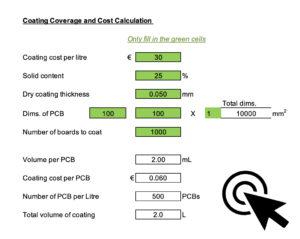
Coating coverage and cost calculation example
We can see in this example that to coat a single side PCB of size 100x100mm at a 50 microns thickness, the true cost of the conformal coating is €0.060/PCB. Putting things into a bigger perspective, this is showing that the conformal coating cost is not significant as in most cases it would represent :
- Less than 2% of the total cost of a PCB if we consider the material cost only.
- Less than 8% of the total cost of a PCB if we consider the material and the process costs (machine, process time, energy, floorspace).
Click below to Download the coating calculator.
